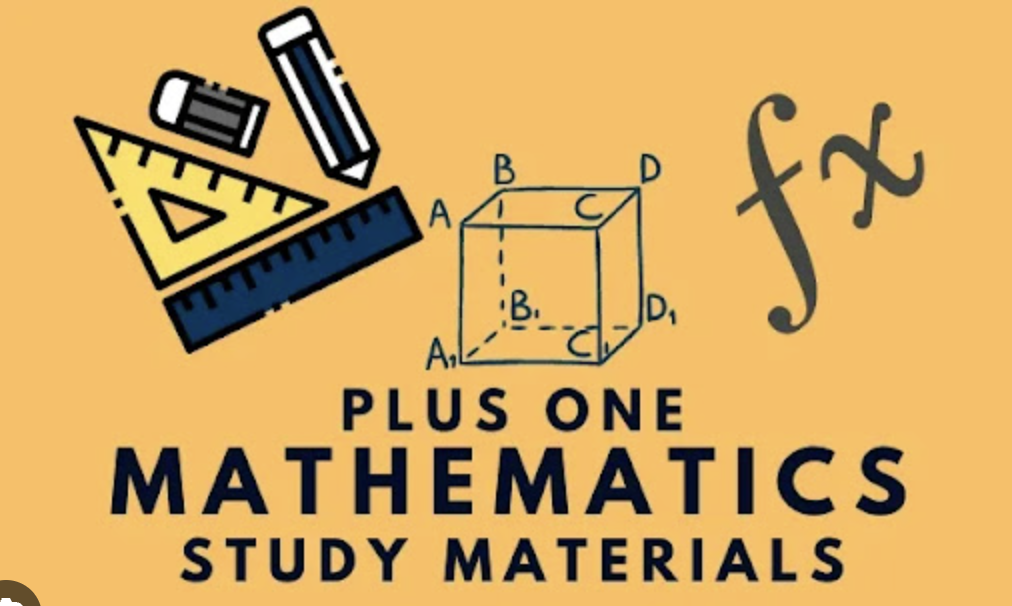This chapter introduces the fundamental principles of counting that underlie probability theory and discrete mathematics. Students will learn to determine the number of possible arrangements (permutations) and selections (combinations) of objects under various conditions. These powerful combinatorial tools provide students with systematic ways to analyze complex counting problems, optimize decision-making processes, and solve probability questions without enumerating all possibilities—essential skills for data science, cryptography, and algorithm design.
Chapter 7: Permutation and Combinations
Permutations and combinations are ways of selecting and arranging objects from a collection.
Fundamental Counting Principle:
If an event can occur in m ways, and another independent event can occur in n ways, then the total number of ways both events can occur is m × n.
Factorial Notation:
n! = n × (n-1) × (n-2) × … × 3 × 2 × 1 Special cases: 0! = 1 and 1! = 1
Permutations:
Permutation refers to an arrangement of objects where order matters.
- Permutation of n different objects taken all at a time: P(n,n) = nPn = n!
- Permutation of n different objects taken r at a time: P(n,r) = nPr = n!/(n-r)!
- Permutation with repetition: If there are n objects with n₁ of one kind, n₂ of second kind, …, nk of kth kind, then: Number of permutations = n!/(n₁! × n₂! × … × nk!)
Combinations:
Combination refers to selection of objects where order doesn’t matter.
- Combination of n different objects taken r at a time: C(n,r) = nCr = n!/[r! × (n-r)!]
Properties of Combinations:
- nCr = nC(n-r)
- nC0 = nCn = 1
- nCr + nC(r-1) = (n+1)Cr
Applications:
- Team selection
- Sampling methods
- Probability calculations
- Committee formation
Complete Chapter-wise Hsslive Plus One Maths Notes
Our HSSLive Plus One Maths Notes cover all chapters with key focus areas to help you organize your study effectively:
- Chapter 1 Sets
- Chapter 2 Relations and Functions
- Chapter 3 Trigonometric Functions
- Chapter 4 Principle of Mathematical Induction
- Chapter 5 Complex Numbers and Quadratic Equations
- Chapter 6 Linear Inequalities
- Chapter 7 Permutation and Combinations
- Chapter 8 Binomial Theorem
- Chapter 9 Sequences and Series
- Chapter 10 Straight Lines
- Chapter 11 Conic Sections
- Chapter 12 Introduction to Three Dimensional Geometry
- Chapter 13 Limits and Derivatives
- Chapter 14 Mathematical Reasoning
- Chapter 15 Statistics
- Chapter 16 Probability
